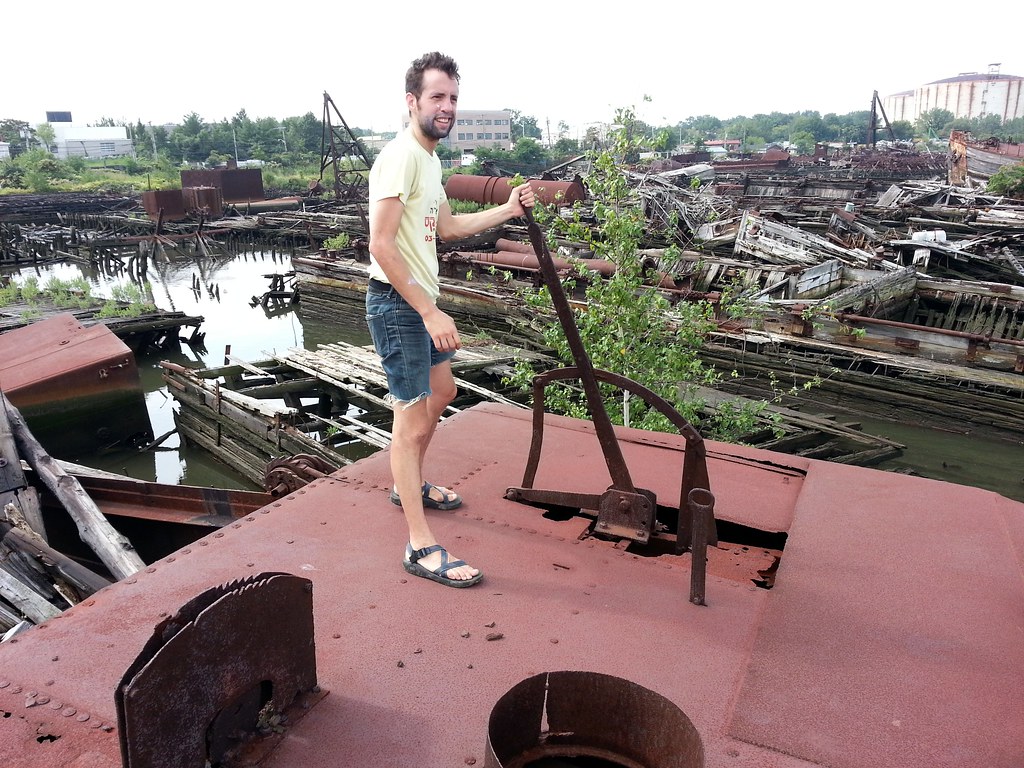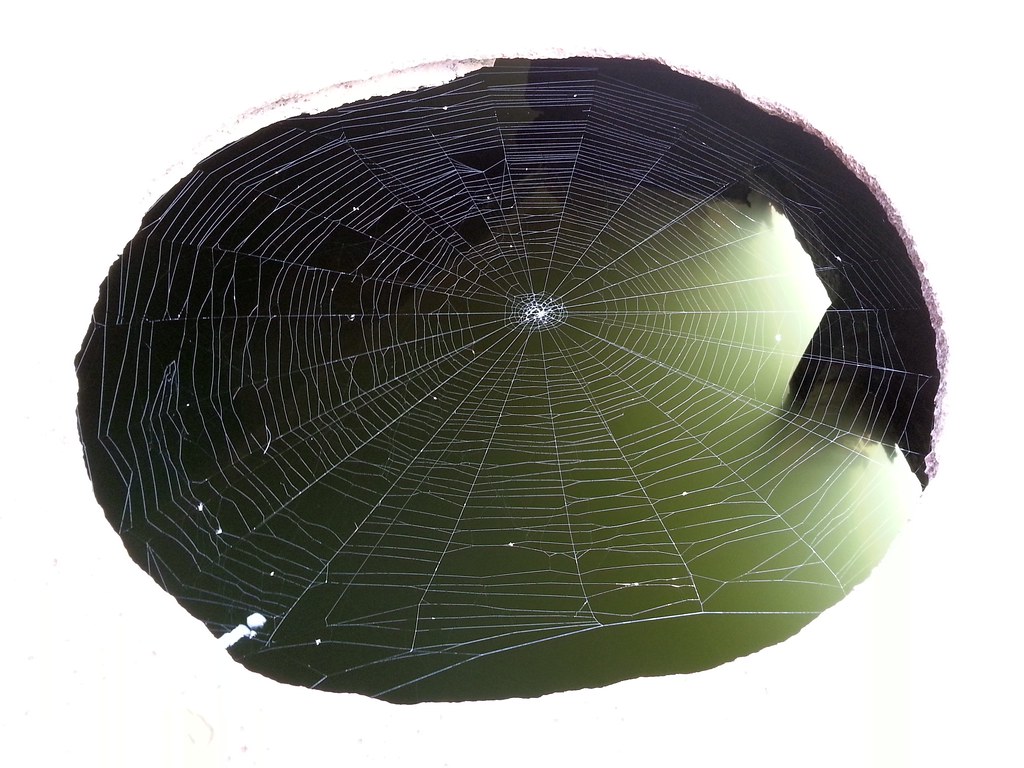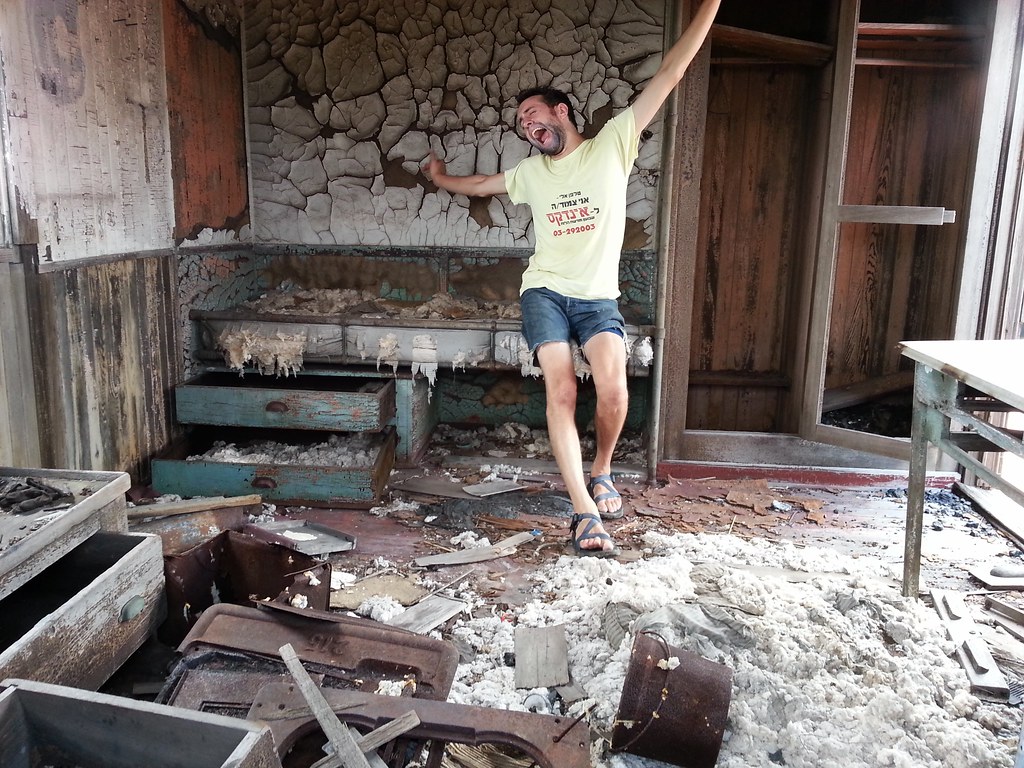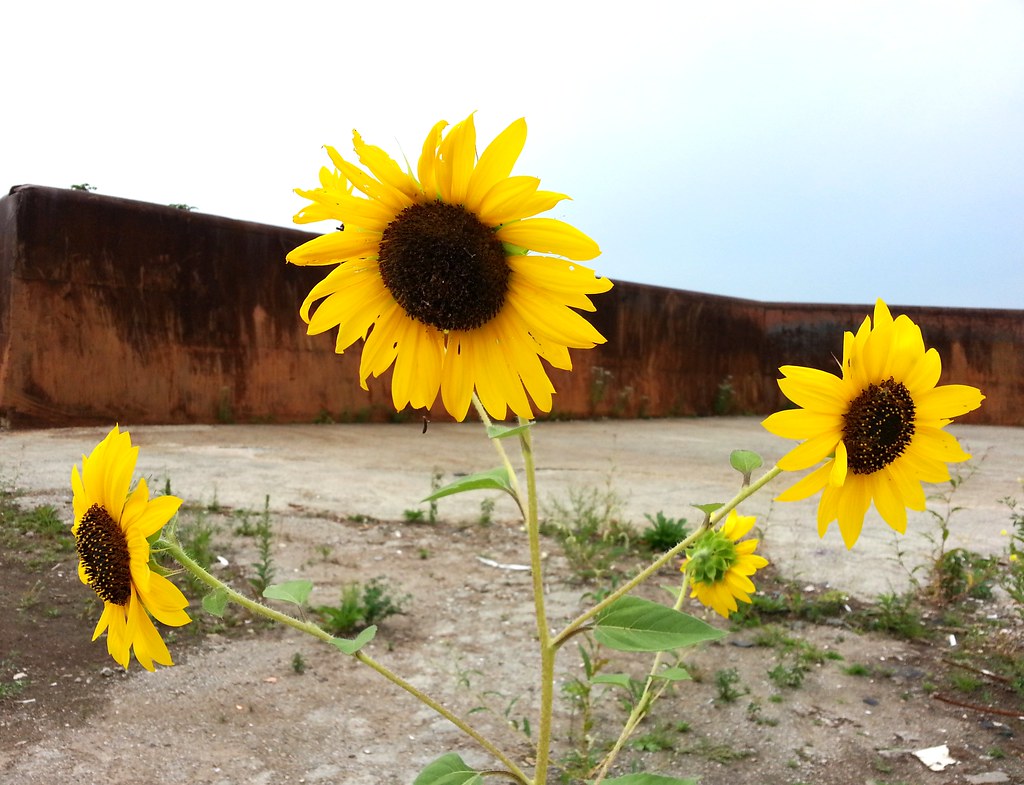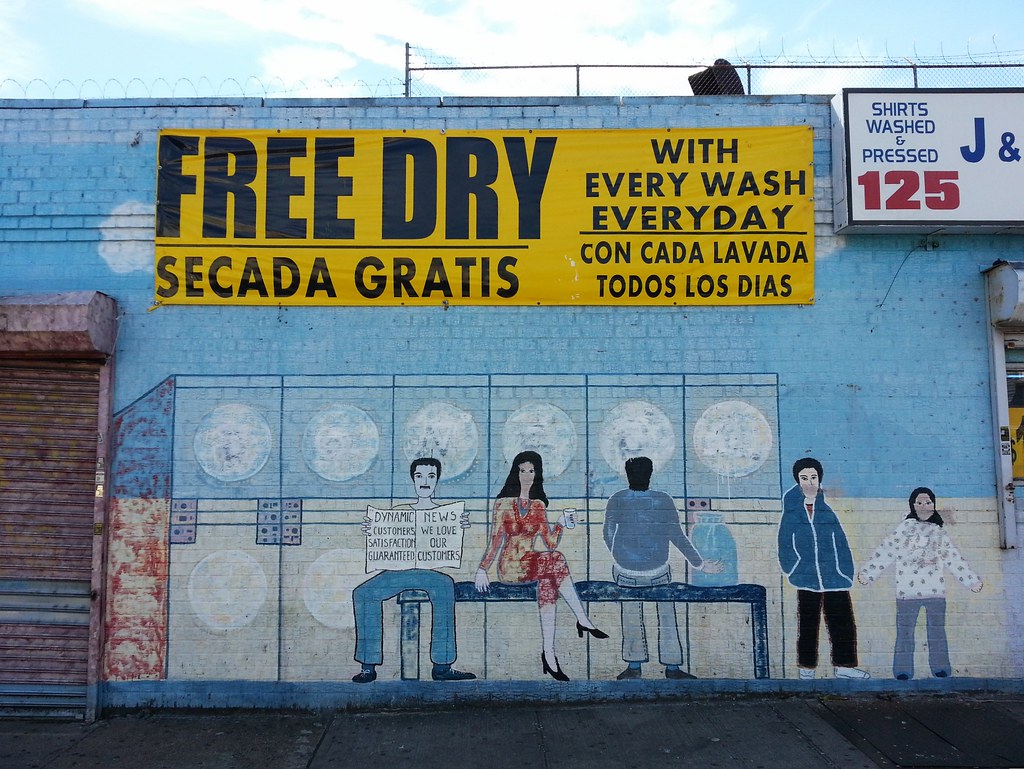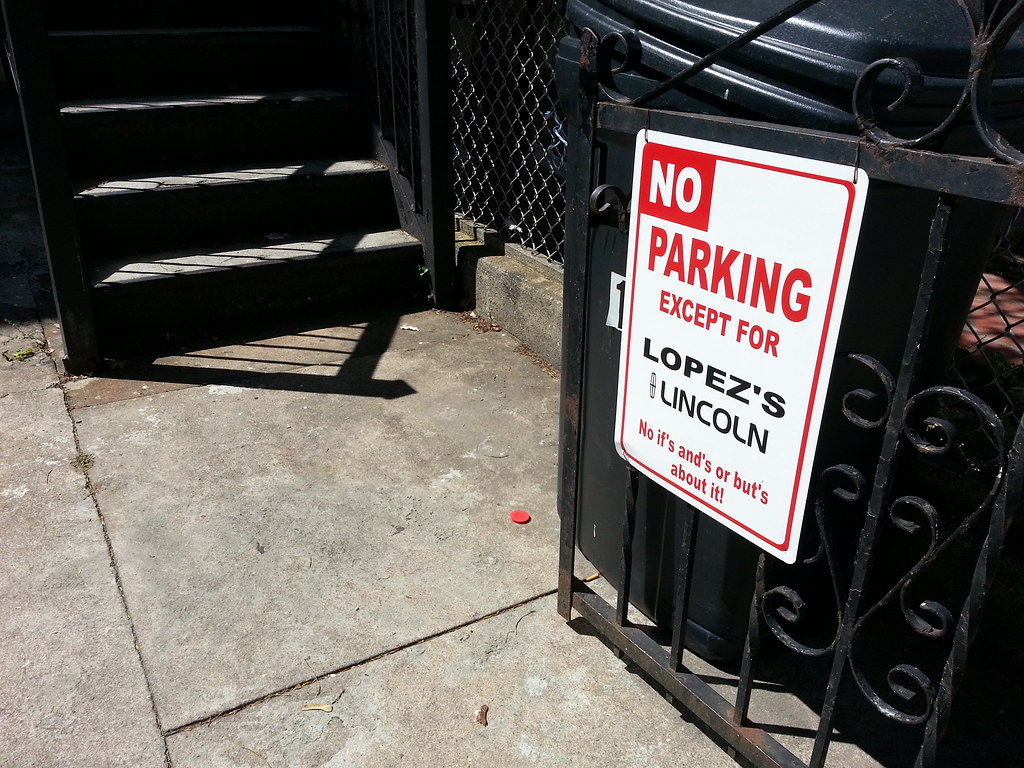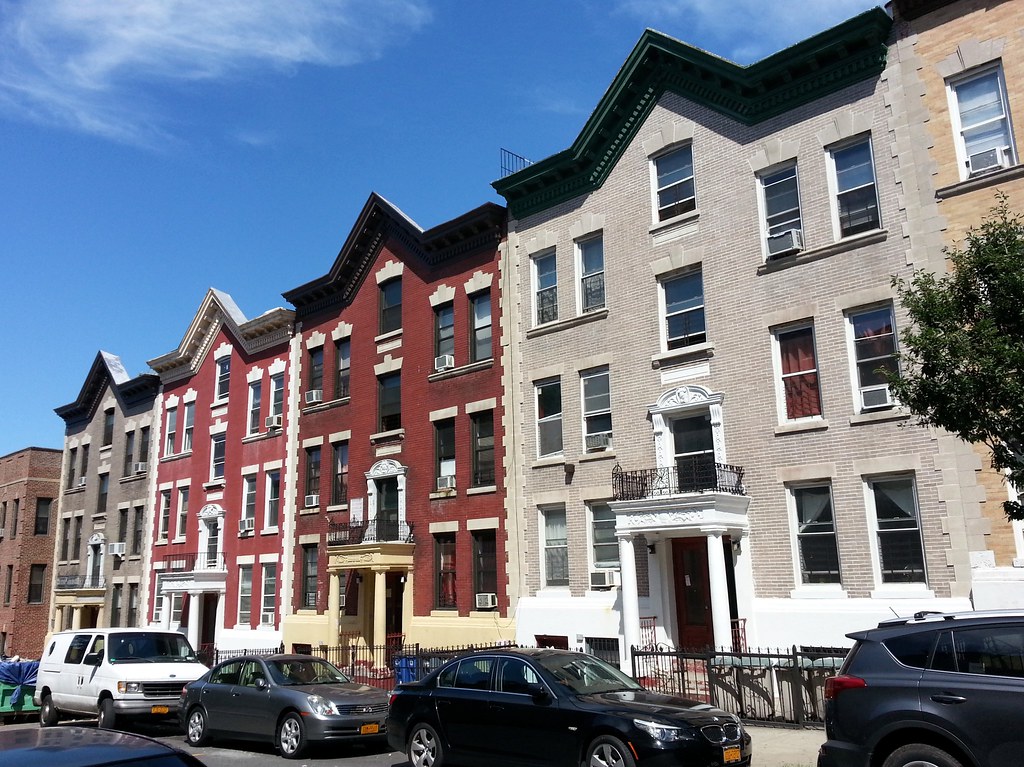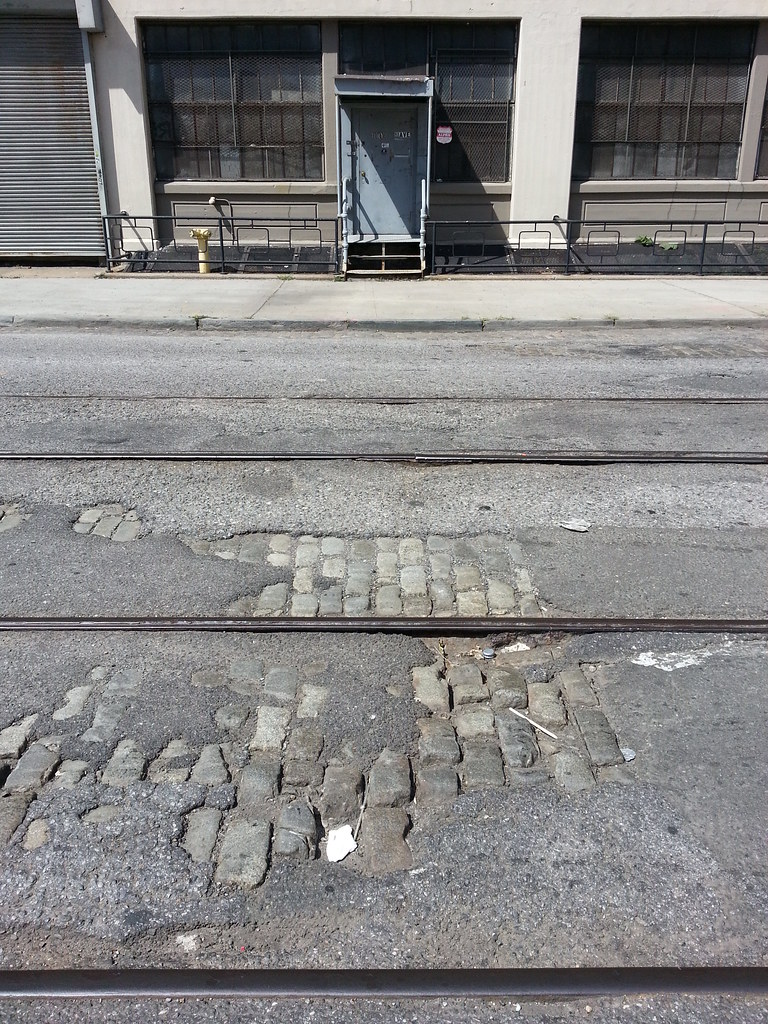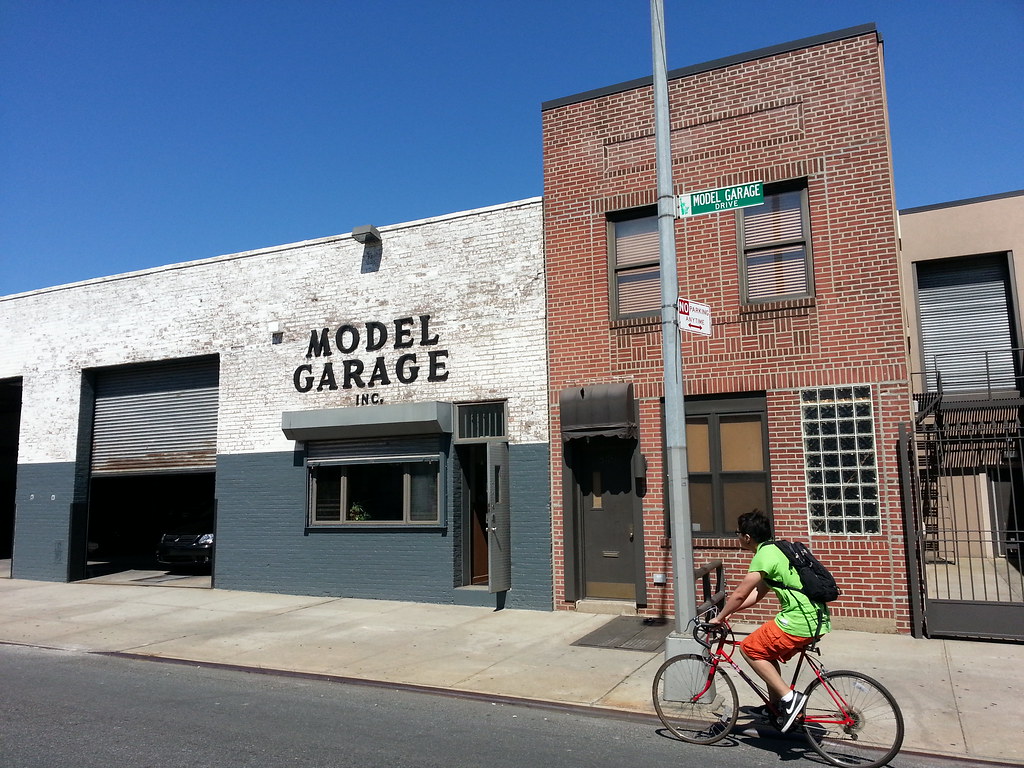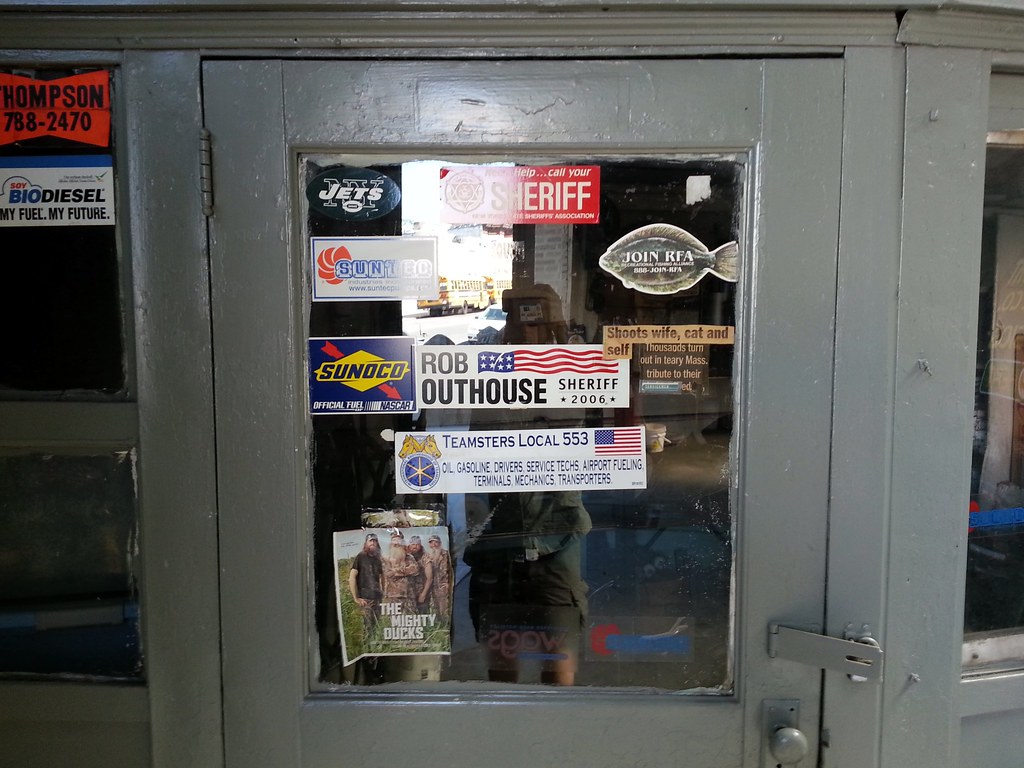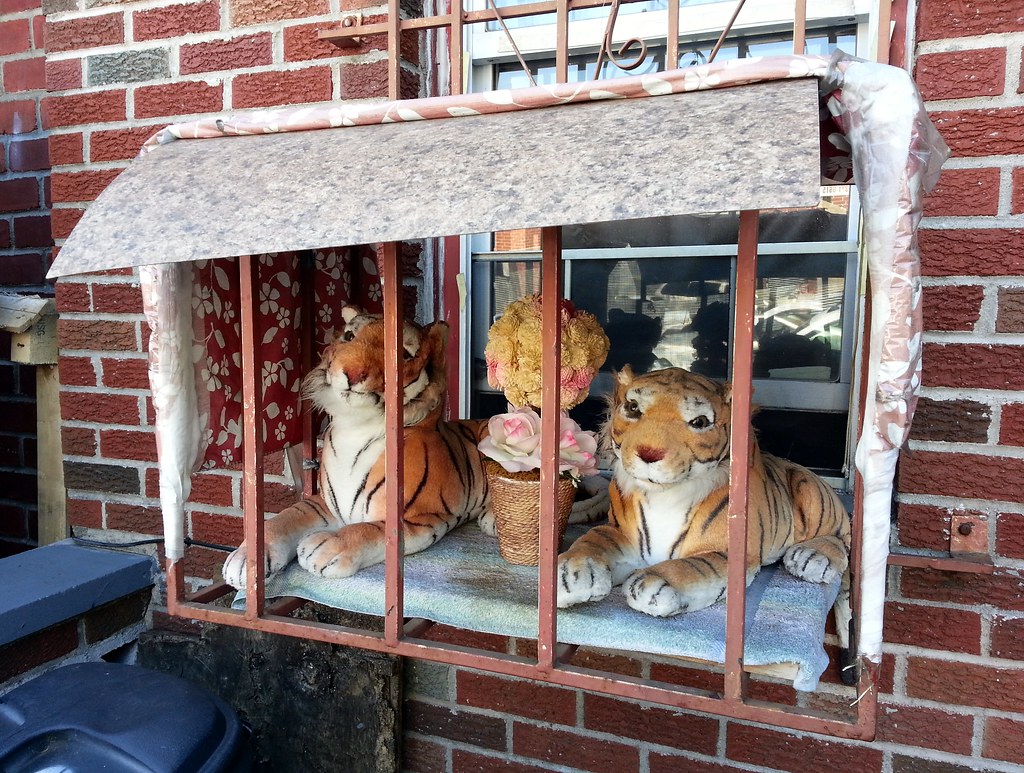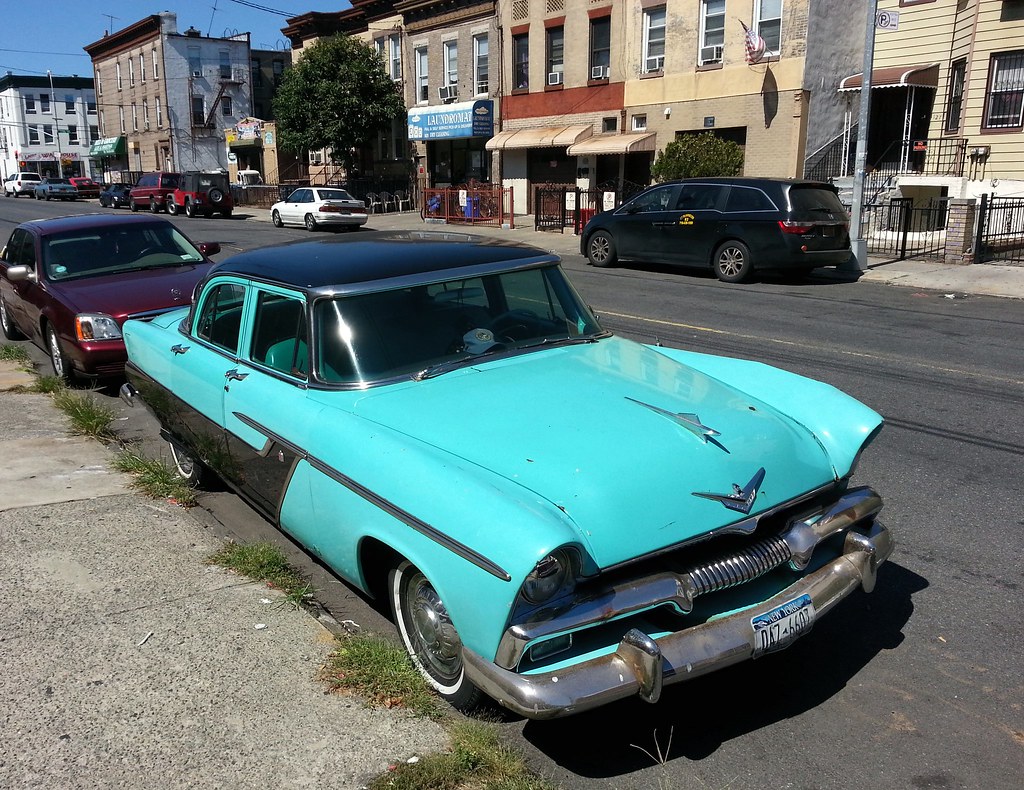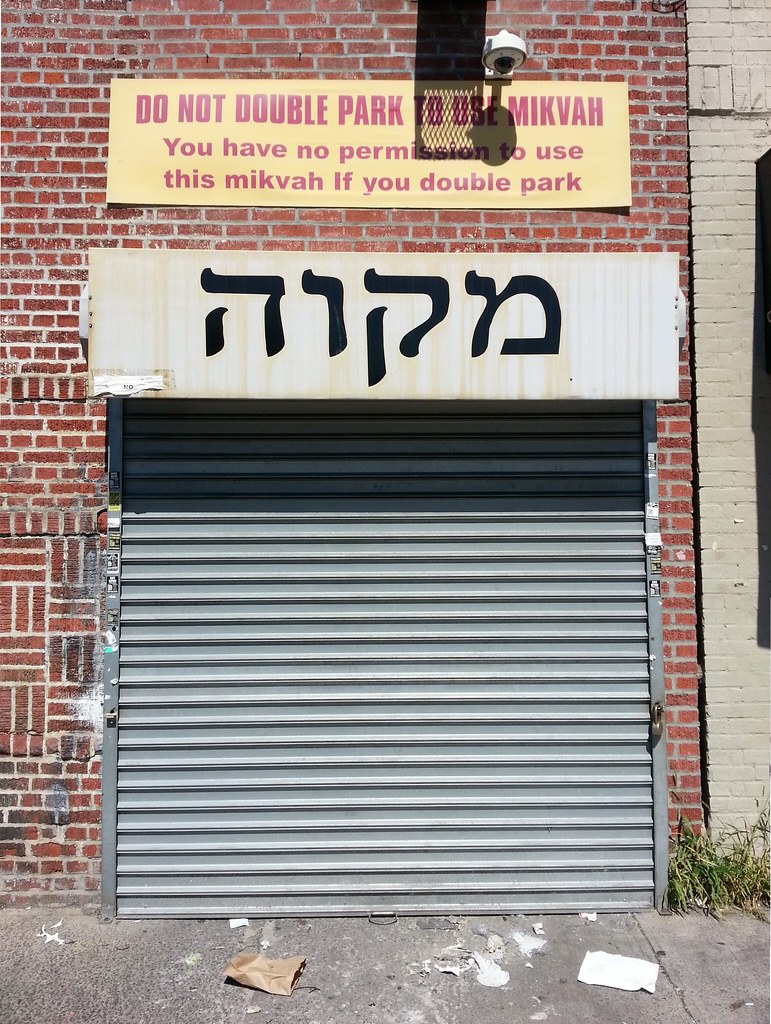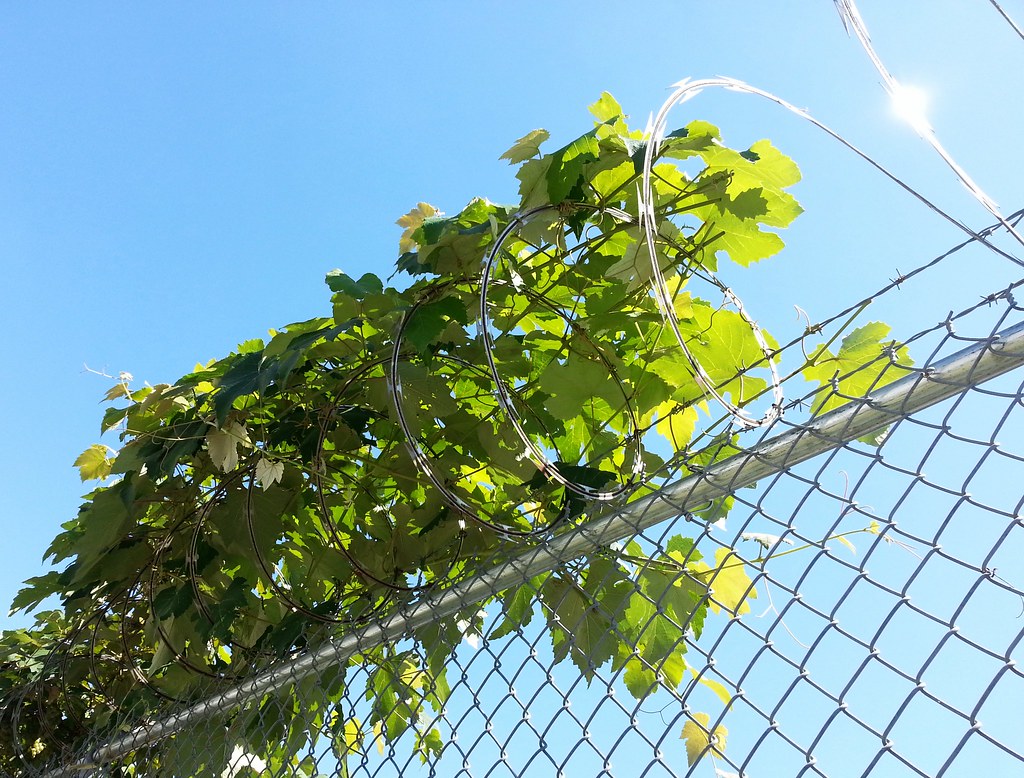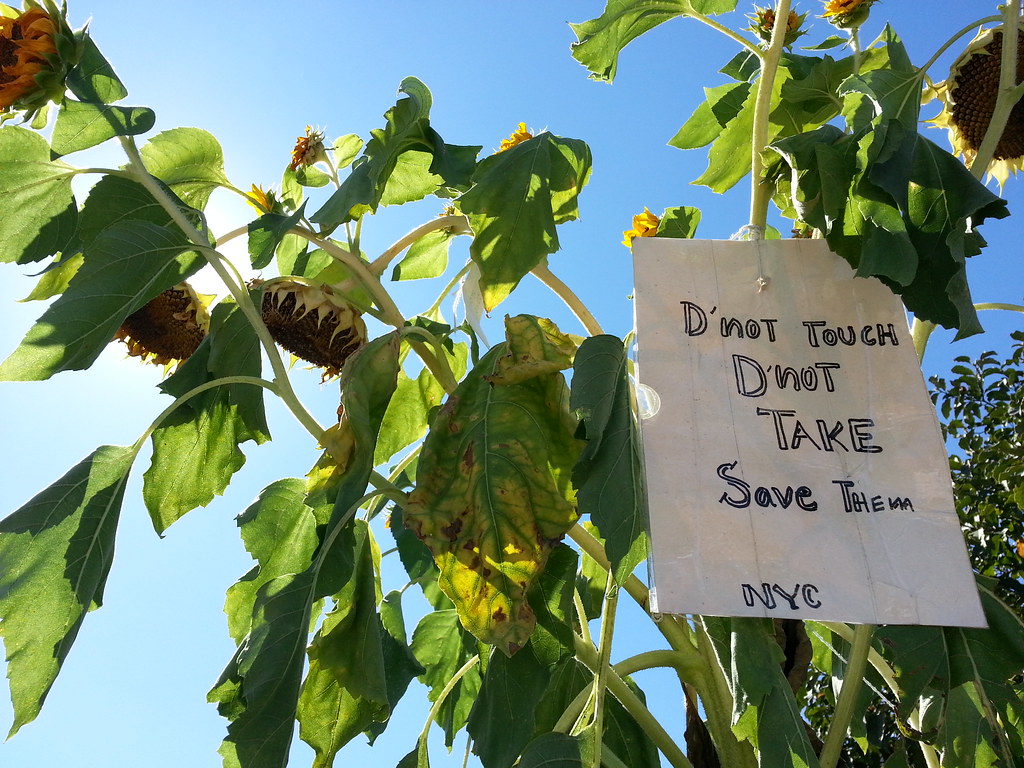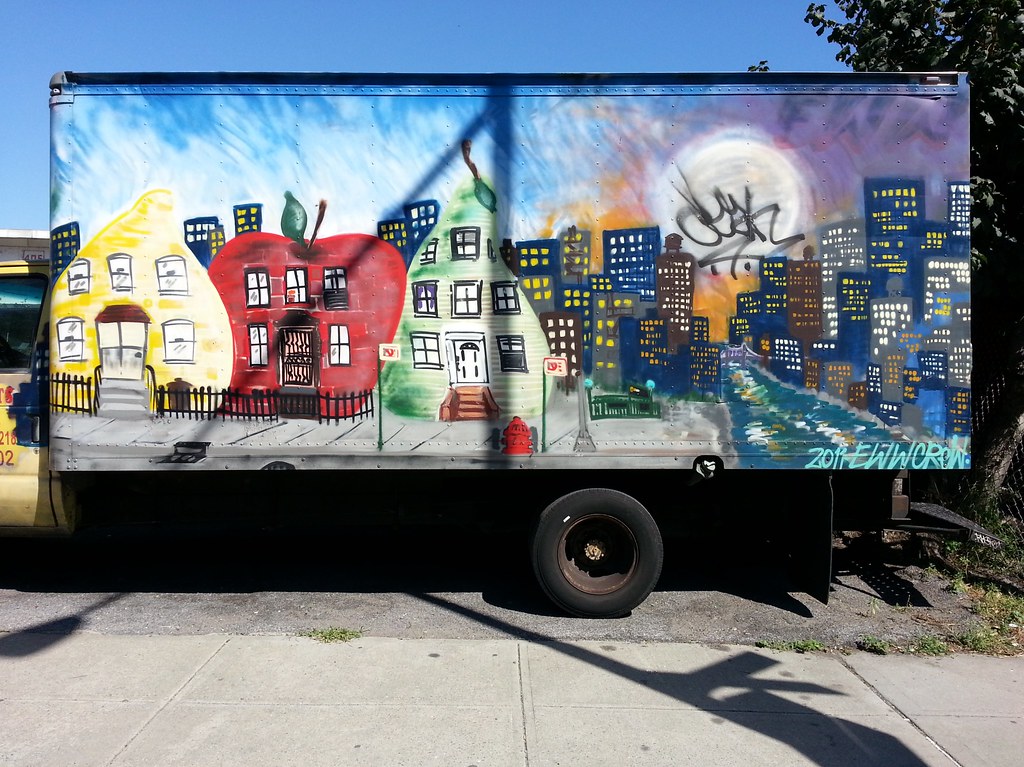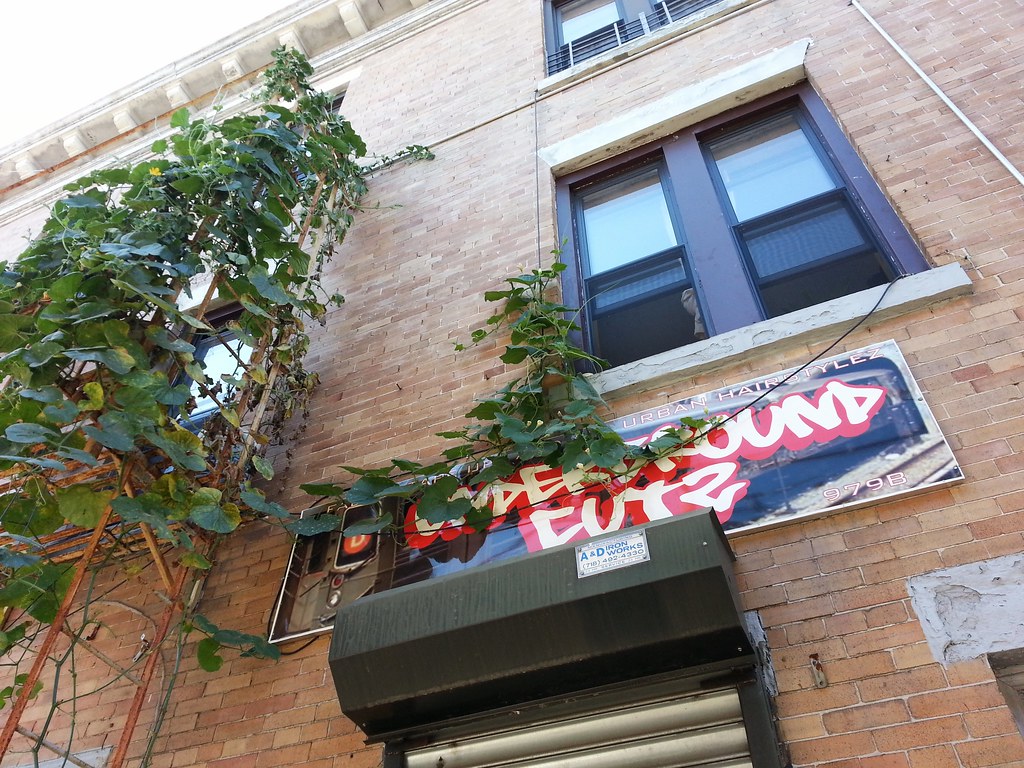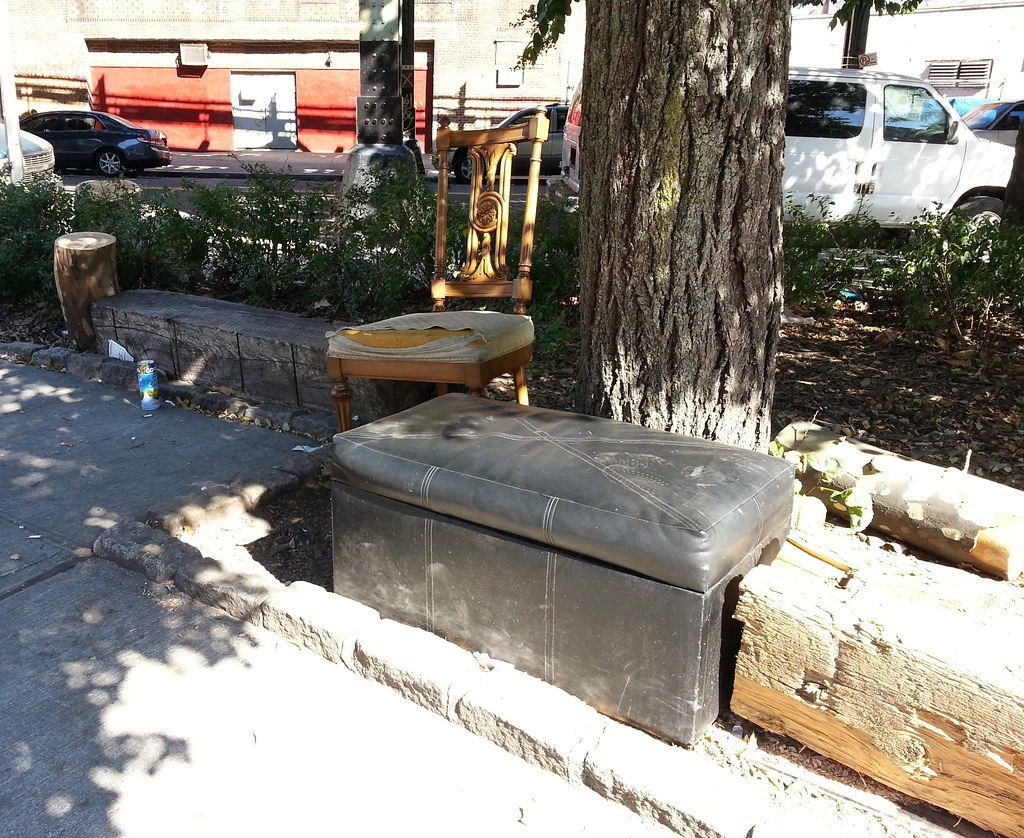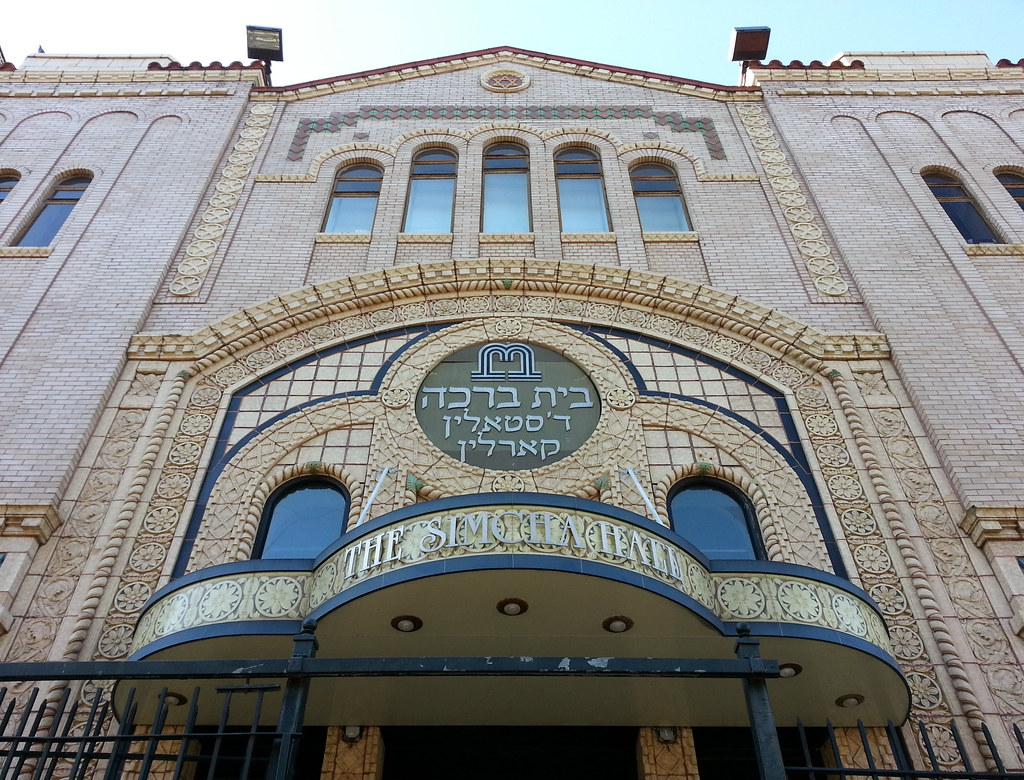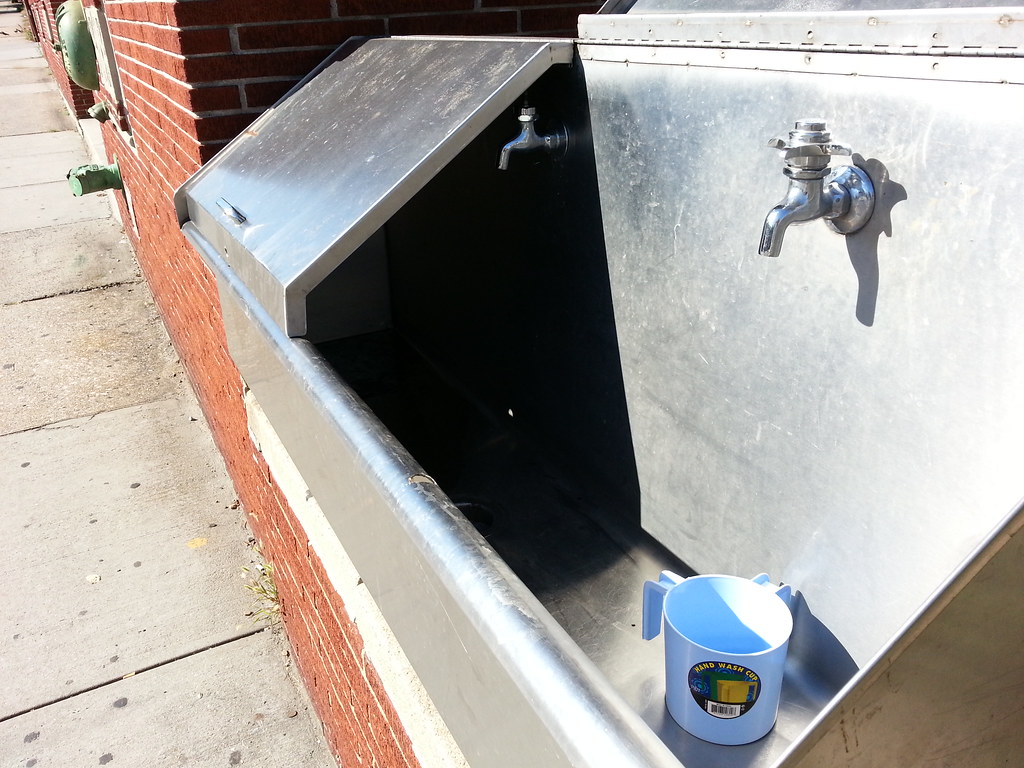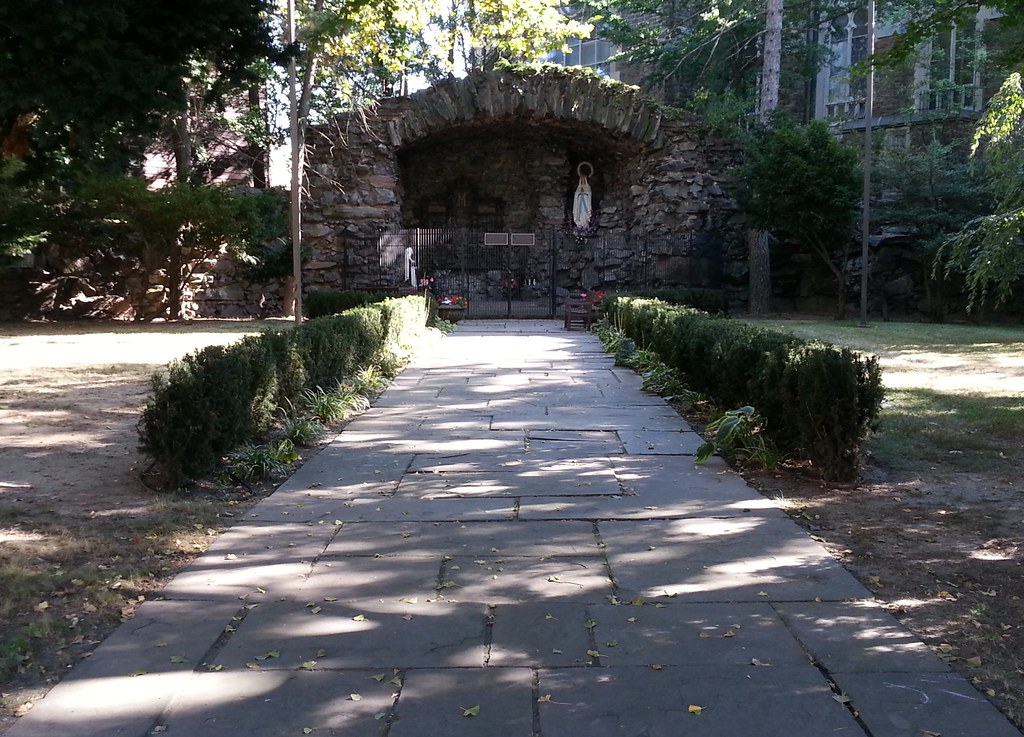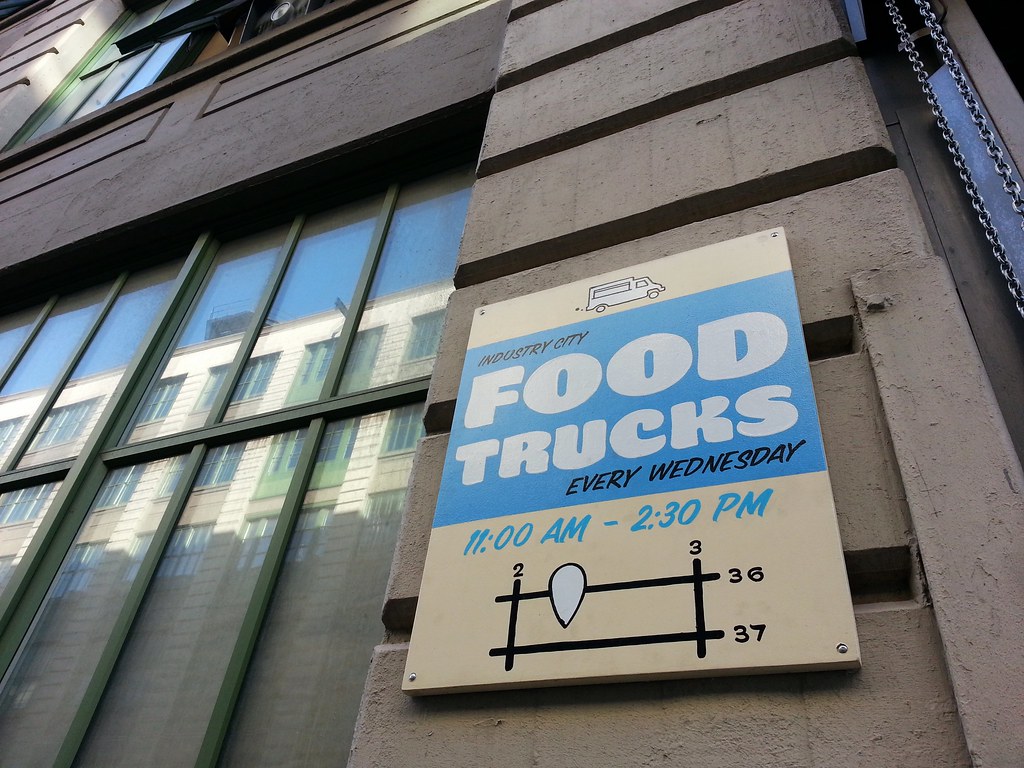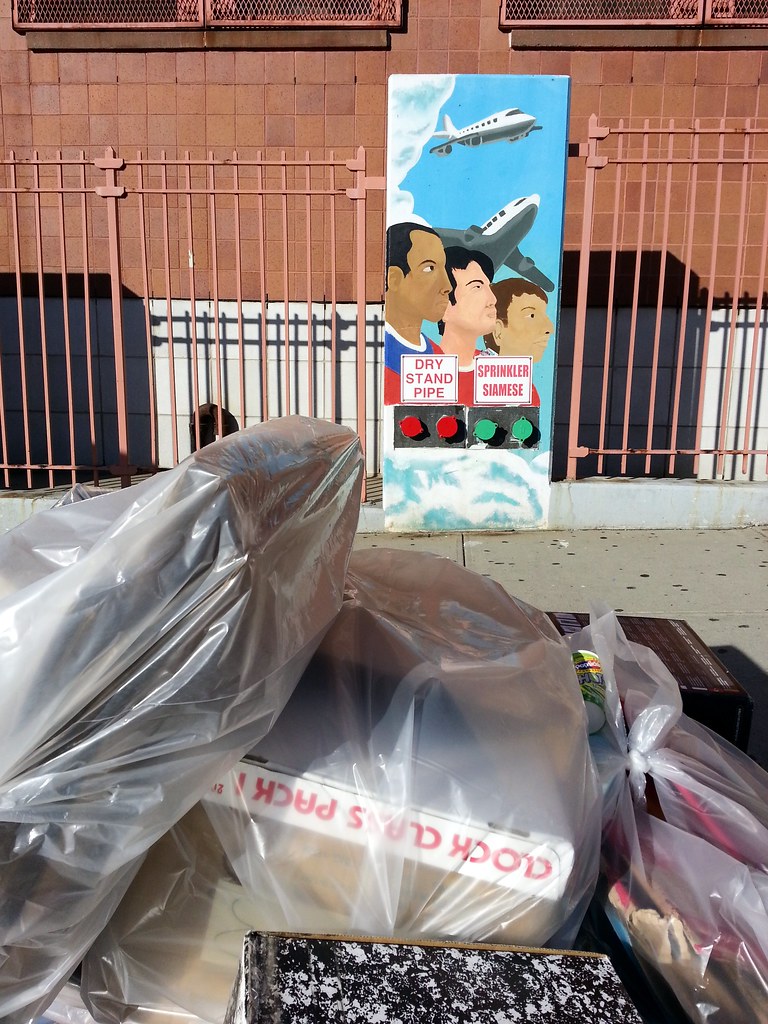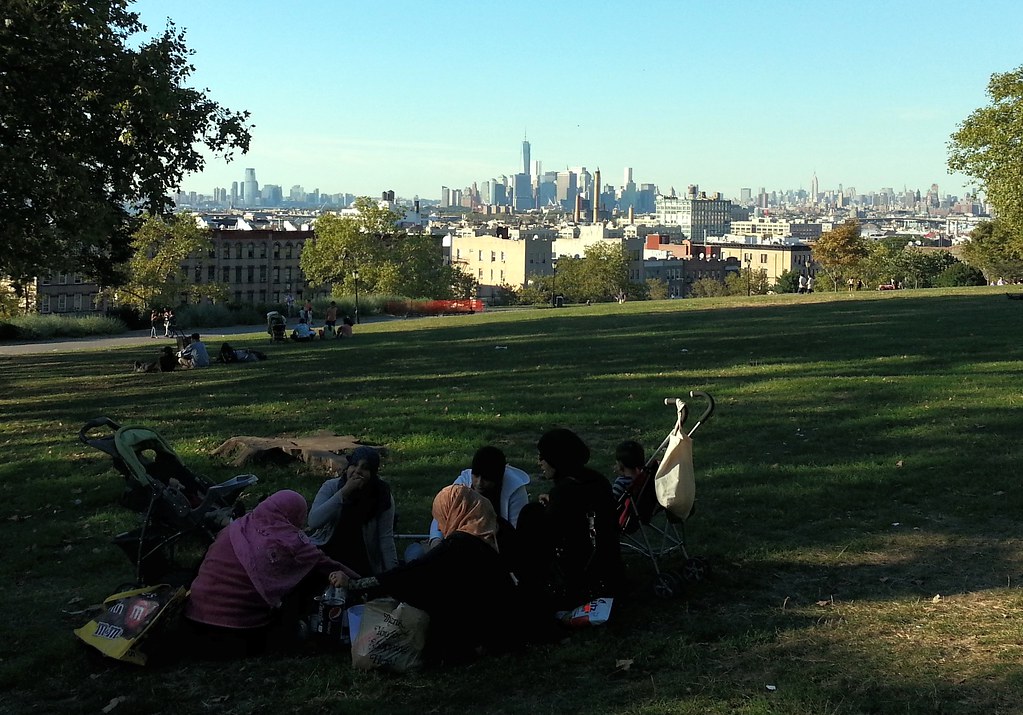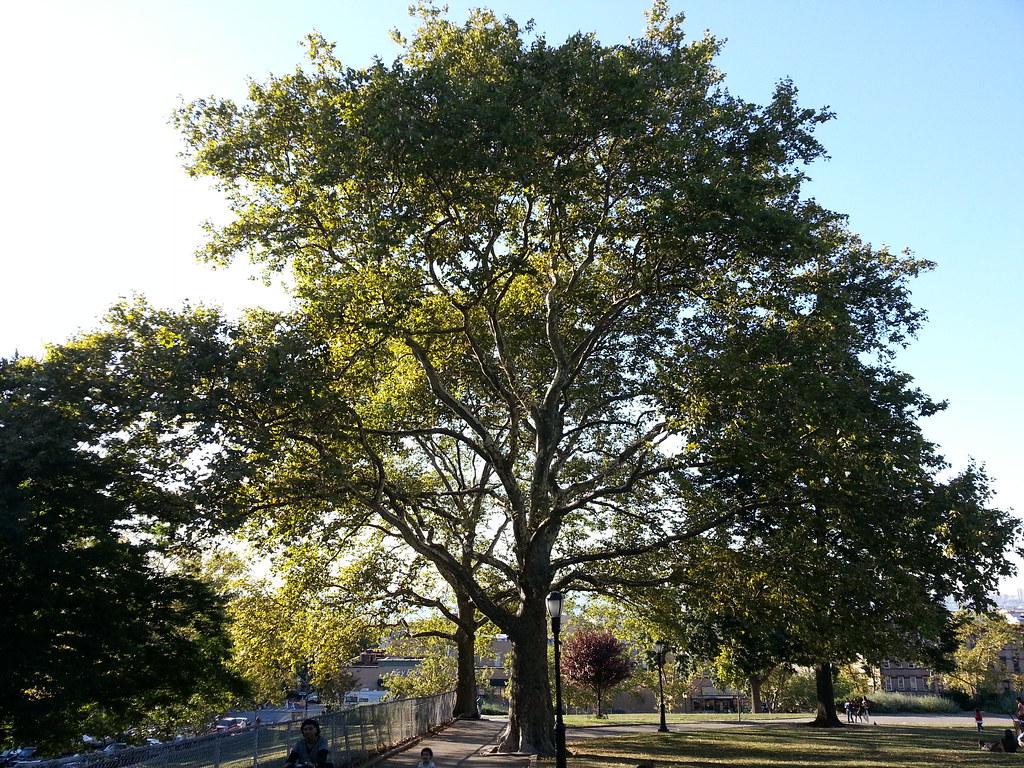
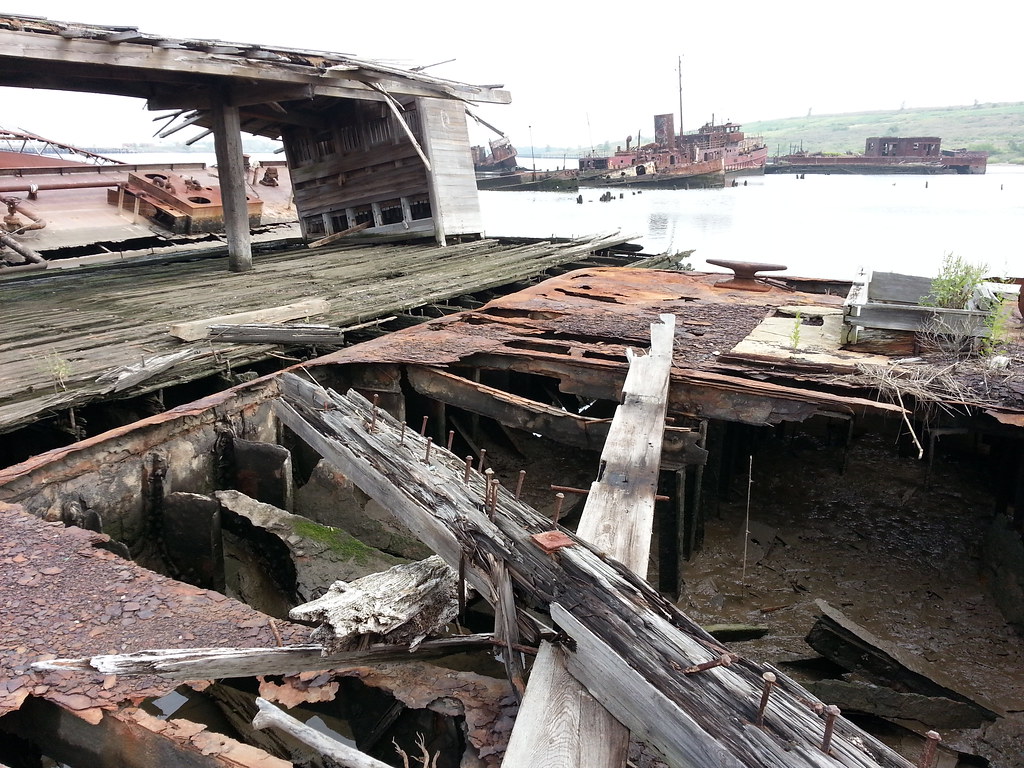
Here's what the NY Times had to say about this marine salvage yard, more popularly known as the "ship graveyard" or "boat graveyard", back in 1990:
For decades the Witte Marine Equipment Company, the lone remaining commercial marine-salvage yard in the city, has given mothballed, scuttled, abandoned and wrecked ships of all sizes a final port. Through the years it has become, an "accidental marine museum," as a nautical magazine described it, with one of the world's largest collections of historic ships.There were once some 400 vessels to be found here, resting in the muck along a bend of the Arthur Kill. While there are far fewer today — old man Witte's successors have dismantled many of the boats since his passing in 1980 — the ship graveyard, now owned by the Donjon Marine Company, still makes for quite an impressive sight. This aerial view will help you get a sense of things, and, if you're interested, you can find many more photos of the place here.
To historians like Norman Brouwer, curator of the South Street Seaport Museum, it "is a tableau of the history of shipping in New York."

Once the world's largest landfill; soon(ish — maybe 25 years from now) to be a 2,200-acre park, the second-largest in the city. And there might be goats, too!

The landscape in the last photo was quite picturesque, but there are still plenty of reminders here at Fresh Kills that this was an active landfill little more than a decade ago. Just past the fenced-in area on the left is a dock where garbage scows were unloaded.
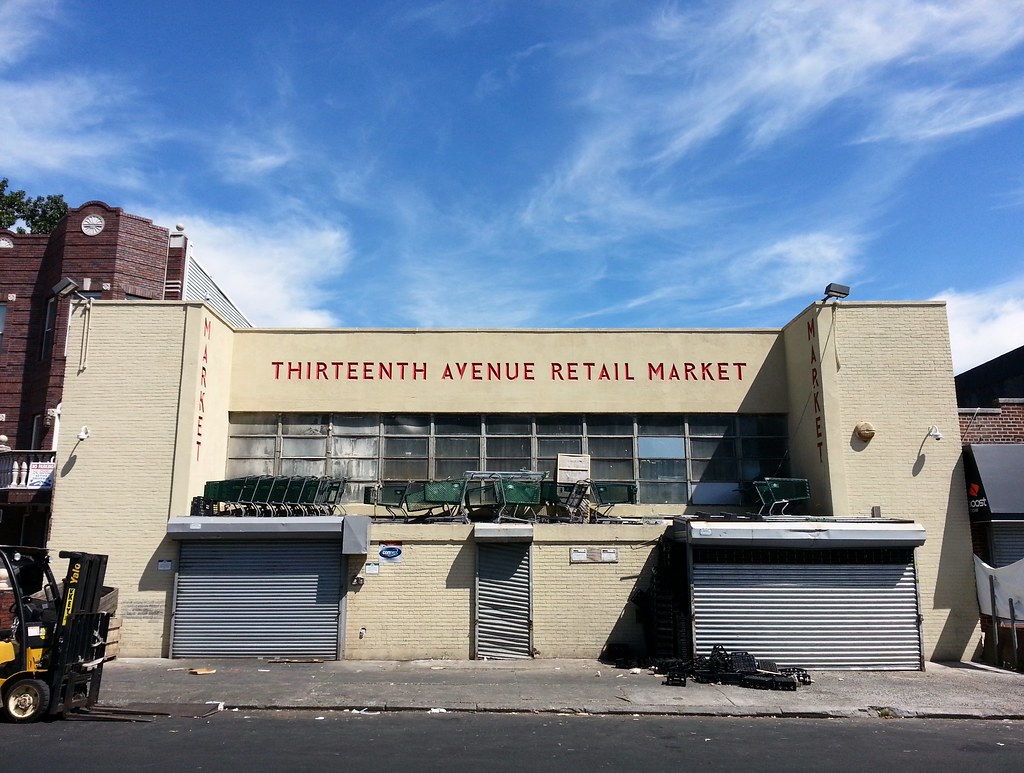
Originally full of stalls for different vendors, this was one of nine public markets opened by the city in the late 1930s and early 1940s in an effort to rid the streets of pushcarts and peddlers, those "intolerable vestiges of immigrant life". It's not apparent from this side entrance, but the building is now home to a kosher supermarket. And you'll never guess who played at the supermarket's grand opening last year: our old friend, the Billboard King of the BQE, Lipa Schmeltzer! (Keeping the tradition of excellence alive in 2013, Uncle Moishy put on a concert for the store's first anniversary back in February.)
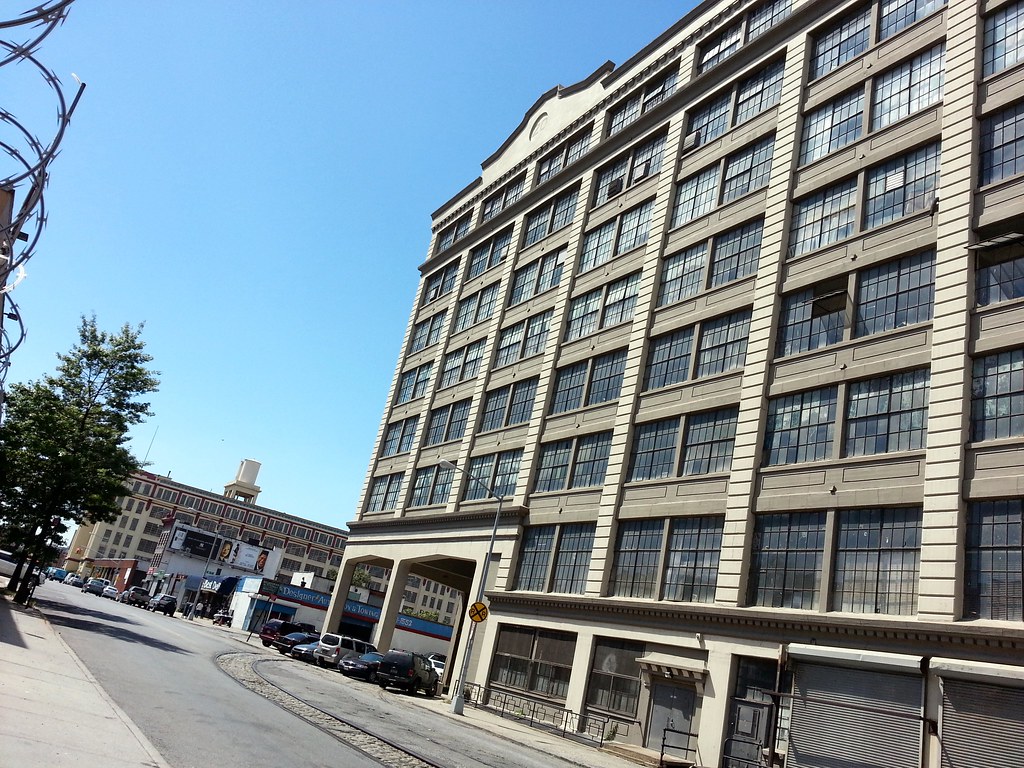
When this stretch of rail was active (it's only been out of service since 2006 or so), trains would pass through the corner of Bush Terminal Building 20 (at right) as they turned from 2nd Avenue onto 41st Street.
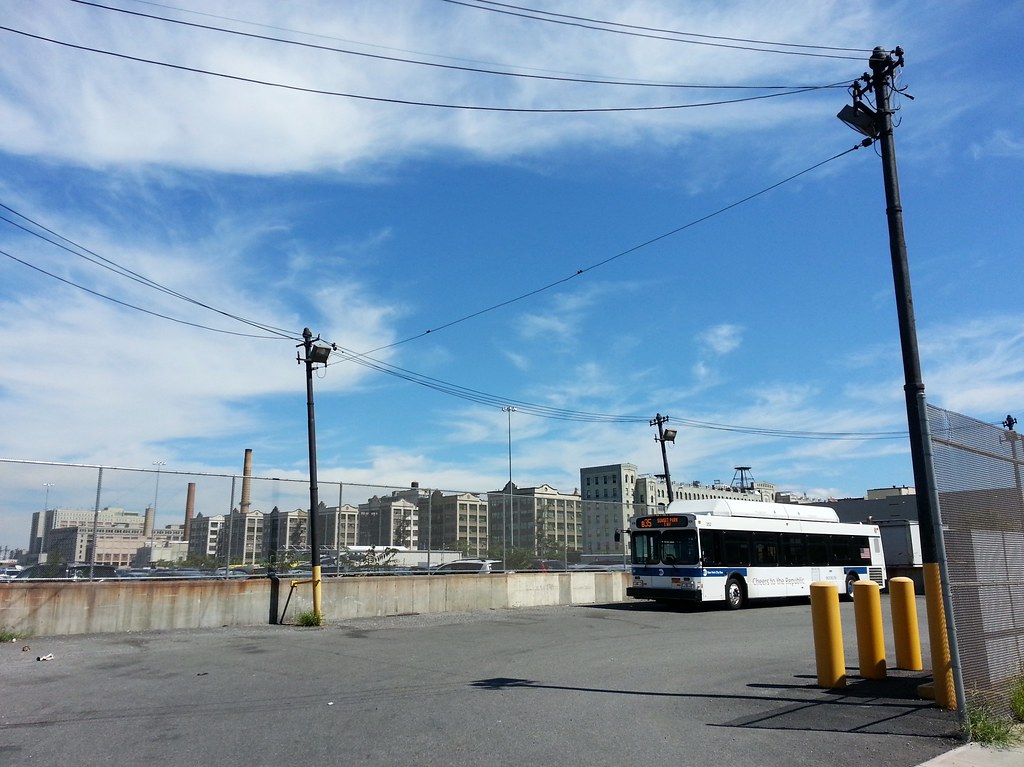
This little bus loop sits near the western end of 39th Street at the terminus of the B35 and B70 lines. Its light fixtures appear to be mounted on old trolley utility poles, presumably vestiges of the trolley line that once terminated here and connected to a ferry service that departed for Manhattan from the foot of 39th Street.
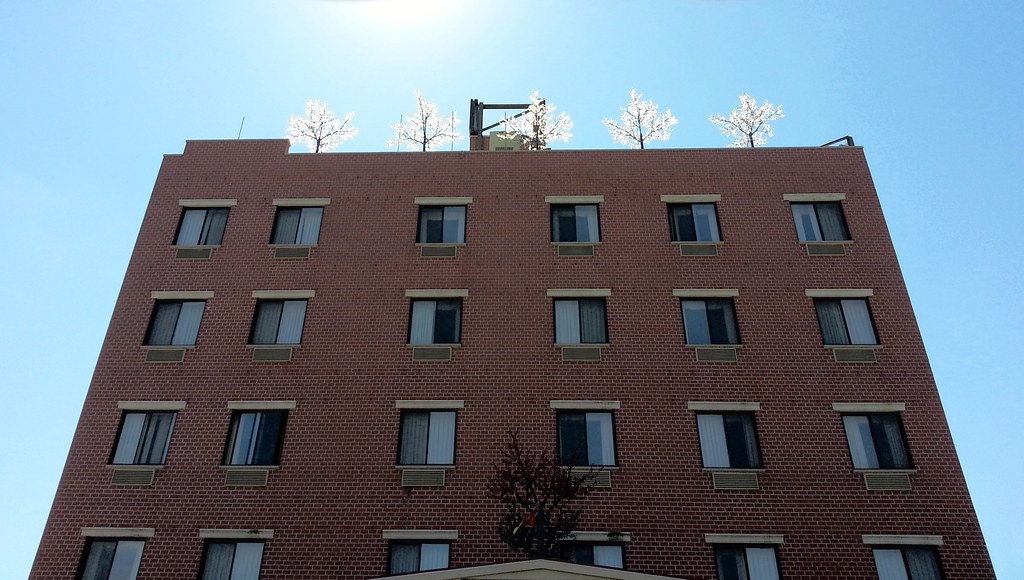
at the Kings Hotel/karaoke bar. Looks like the pogonip has rolled through.
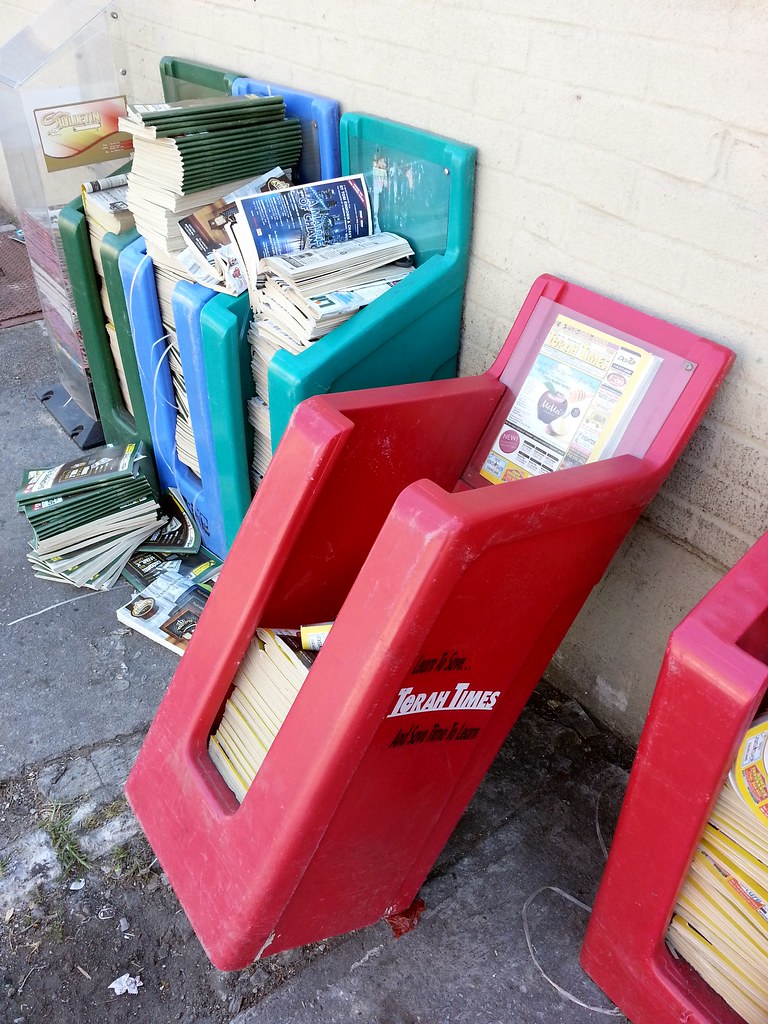
"Learn To Save... And Save Time To Learn" is the slogan of this self-billed "largest Jewish weekly shopper".
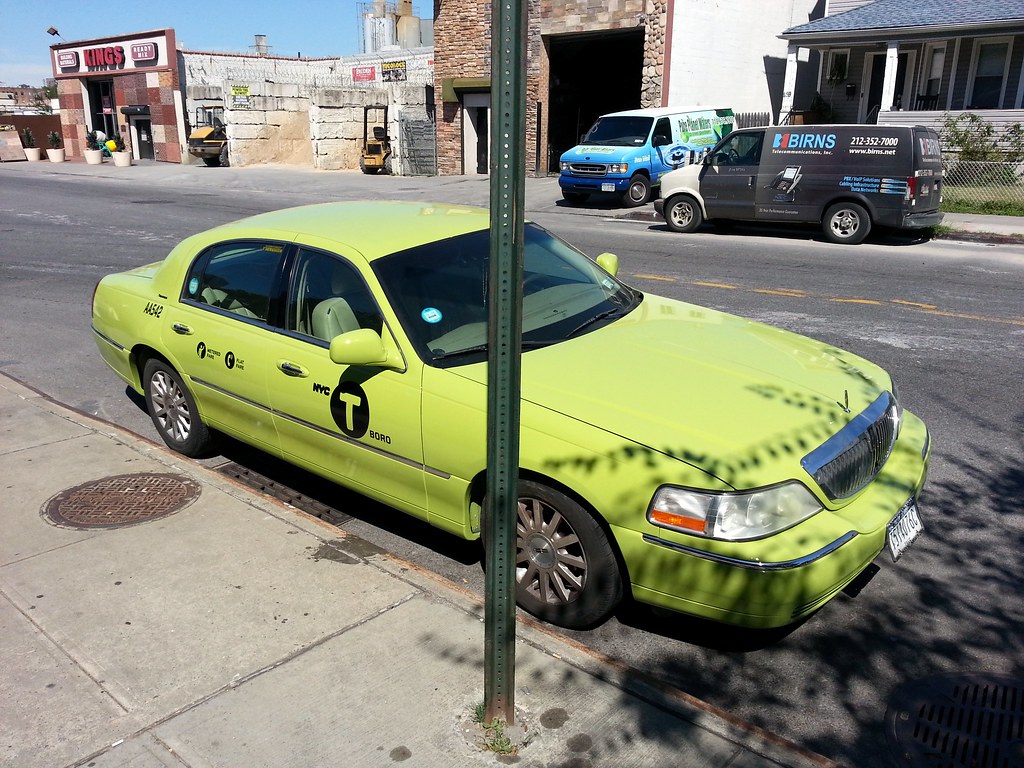
This car is part of a brand new wasabi-colored addition to the city's taxi fleet intended to provide street hail service to neighborhoods where yellow cabs are few and far between.
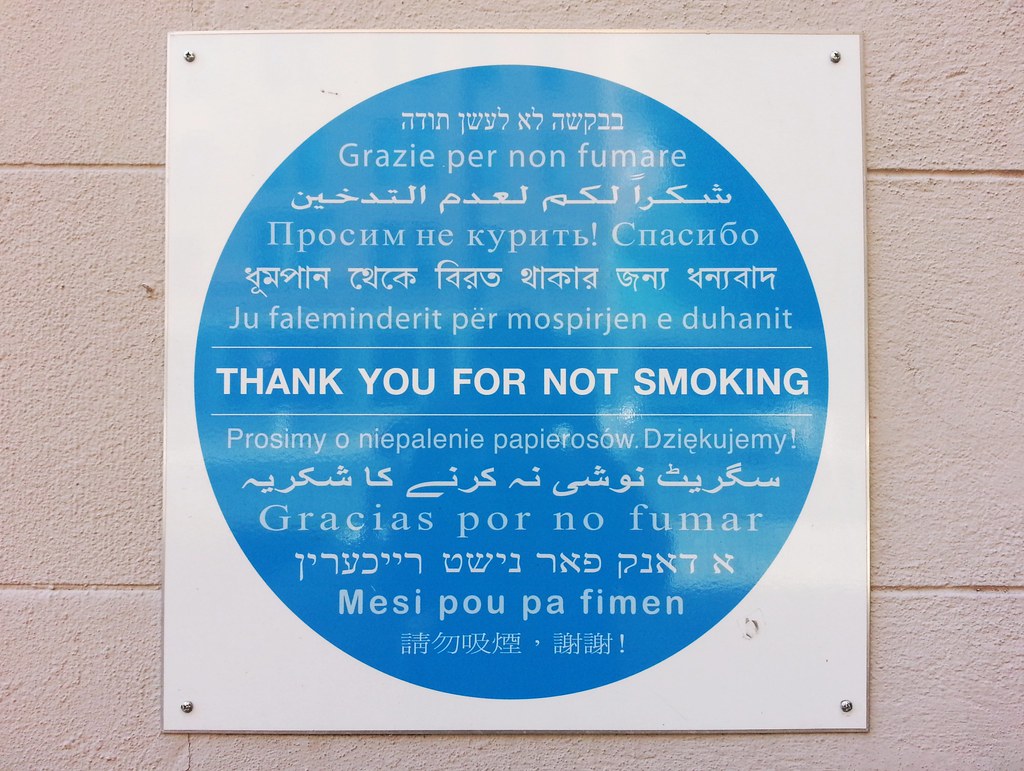
Hebrew
Italian
Arabic
Russian
Bengali
Albanian
English
Polish
Urdu
Spanish
Yiddish
Creole
Chinese
(at Maimonides Medical Center)

With the berries of summer a distant memory, it's time for the figs to shine.

And, in between them, the 36th–38th Street Yard

Underground Cutz (a.k.a. Barberz #85) has relocated, and, in a positively baffling move that no deceptive sandwich board can conceal, they've dropped the z! (Speaking of deceptive sandwich boards, this "grand opening" seems to have been occurring for more than two years now.)
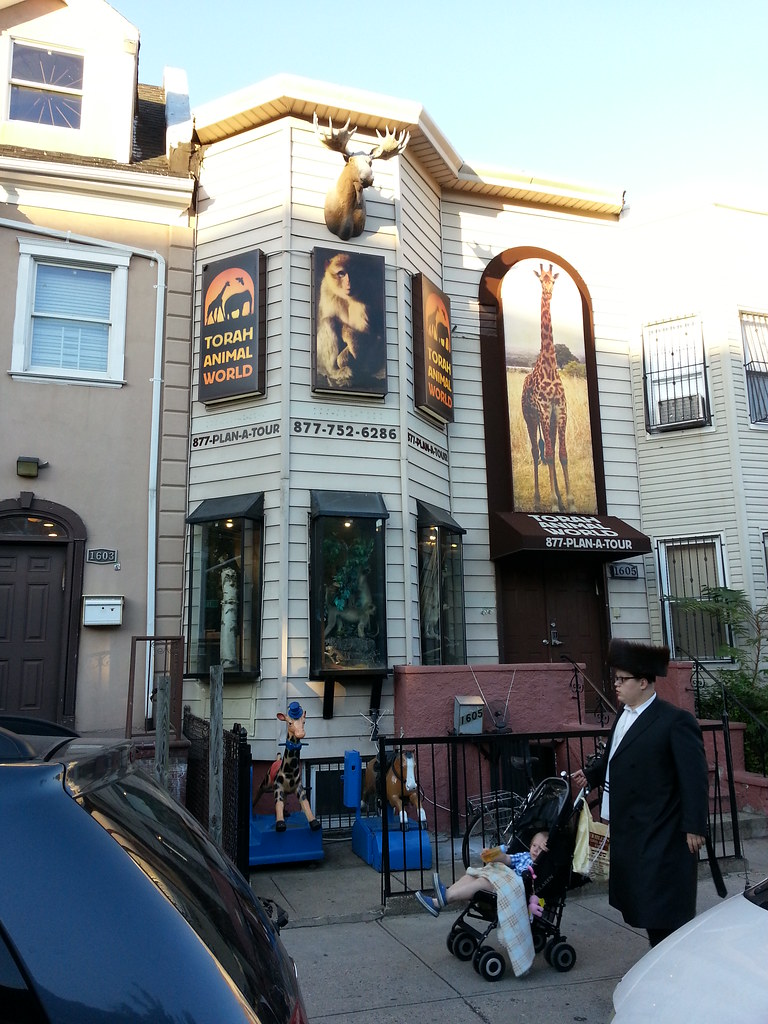
Torah Animal World is "a taxidermy museum claiming to display every animal mentioned in the Hebrew Bible" and then some. Here's an awesome photo from somebody's visit. The Living Torah Museum next door, run by the same guy, also has an eye-catching exhibit out front: an Amish-looking buggy. (I have no idea why.)

